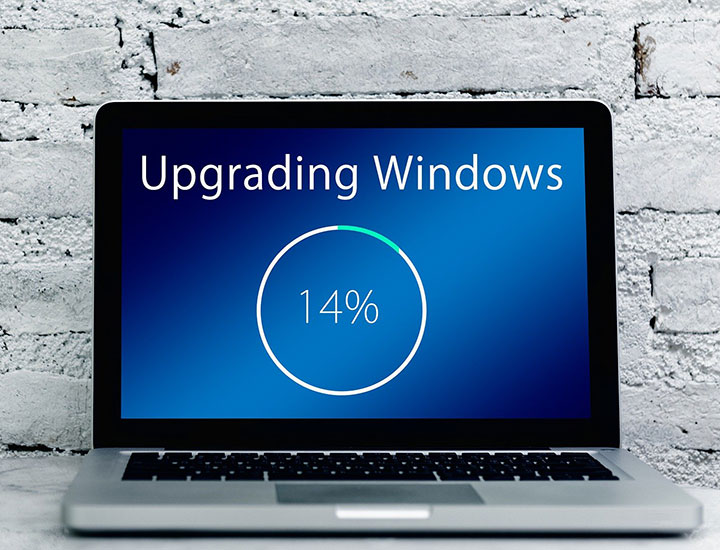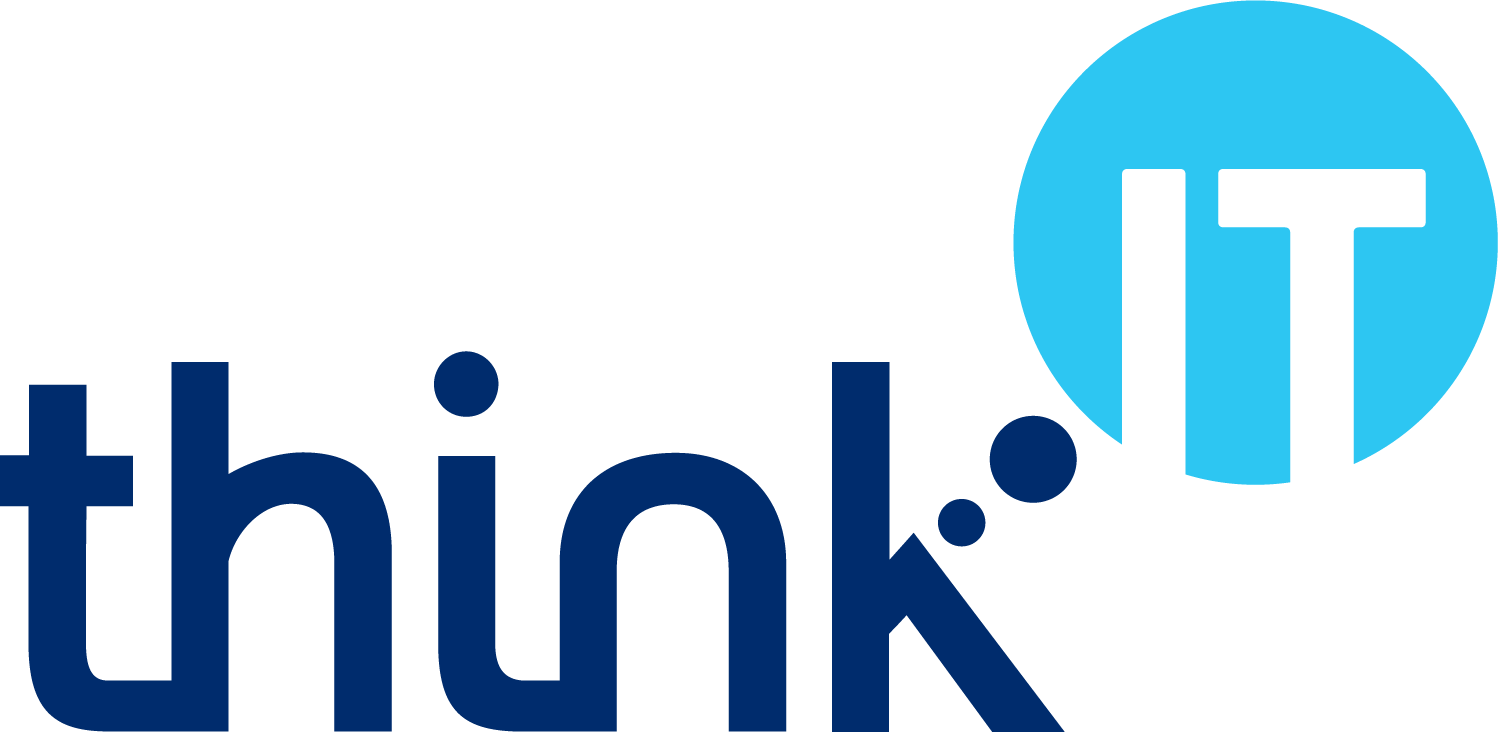Windows 11 will be a free upgrade for ‘eligible’ Windows 10 devices.
There are some big changes to the ‘look and feel’; the start menu is centred, a bit like it is on a Mac, and has pinned apps at the top and recently used files and apps at the bottom.
It is also expected that, through updates over the coming months, it will be possible to run Android apps on Windows 11.
What’s Changing?
Interface: Windows 11 will have a new look, following Microsoft’s ‘Fluent Design’ guidelines, focussed on ease of use and flexibility.
Collaboration: Microsoft Teams is integrated into the user interface (accessed via the taskbar), and Skype will no longer be bundled with Windows.
Browser: Windows 11 will include the Microsoft Edge browser, based on Chromium, and won’t include or support Internet Explorer.
Android: the Windows Subsystem for Android (WSA) will be deployed through a future release of Windows 11, allowing installation of Android apps from the Microsoft Store via the Amazon Appstore.
Security: as we said before, Windows 11 will only run on devices with a Trusted Platform Module (TPM) 2.0, as well as requiring other security conditions to be met. This might seem a little draconian, but at Think IT we support these steps to harden the operating system against hardware attacks and zero-day exploits.
Which Devices are ‘Eligible’?
The best advice here is to check out the Microsoft Windows 11 requirements page.
Here, Microsoft do state that “for the best Windows 11 upgrade experience, eligible devices should be running Windows 10, version 20H1 or later”.
The hardware requirements are also set out, as well as feature-specific requirements.
Microsoft also plan to release the PC Health Check app, saying that it helps you “to see if your current PC meets the requirements to run Windows 11. If so, you can get a free upgrade when it rolls out.”
When does Windows 10 Retire?
At the moment, the official retirement date for Windows 10 Home and Pro versions is 14 October 2025. That’s over ten years since the general release on 29 July 2015.
You can read more at the Microsoft Lifecycle page for Windows 10.
Microsoft said that Windows 10 was installed on one billion devices by March 2020, and as of June 2021 it was estimated almost 25% of all devices in the world were running Windows 10.
If you want to talk about Windows 11, or anything else, you can contact us by phone (01392 435803), email (support@thinkit.co.uk) or both.





